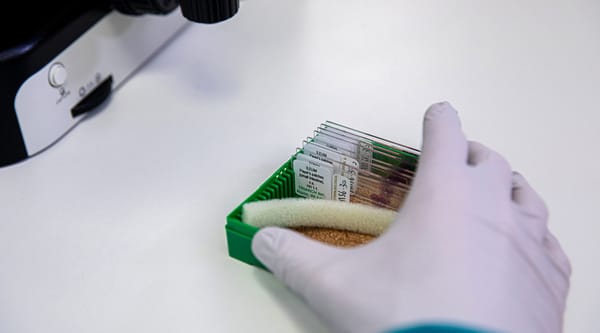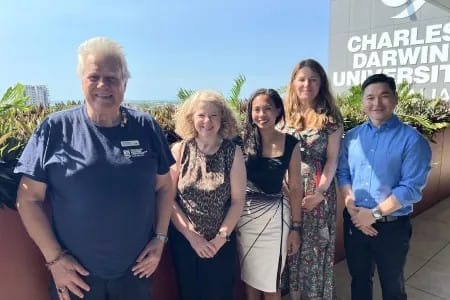Global study identifies hidden genetic cause of intellectual disability
The study details a new form of childhood genetic intellectual disability resulting from recessive variants in the gene GTF3C3.

First published by University of the Sunshine Coast
By Clare McKay
A global research collaboration has revealed a hidden cause of a rare intellectual disorder associated with severe language delay, epileptic seizures, motor impairment and brain abnormalities.
The study, led by the University of the Sunshine Coast, Radboud University Nijmegen, the Netherlands, Neuroscience Research Australia and the University of Zürich, was published today in Genetics in Medicine.
It details a new form of childhood genetic intellectual disability resulting from recessive variants in the gene GTF3C3.
UniSC Professor in Pathophysiology Robert Harvey said the findings may lead to a faster diagnosis and support for children with neurodevelopmental disorders and their families.
“It is important for families to understand the genetic basis of these disorders, due to the frequency and risk of recurrence of autosomal recessive forms of intellectual disability.”
“Importantly, we revealed a hidden mechanism of the disease,” Professor Harvey said. “This could have implications for other neurodevelopmental disorders, such as autism spectrum disorder, cerebral palsy, dyslexia, seizures and attention deficit hyperactivity disorder.”
“Importantly, we revealed a hidden mechanism of the disease. This could have implications for other neurodevelopmental disorders, such as autism spectrum disorder, cerebral palsy, dyslexia, seizures and attention deficit hyperactivity disorder.”
The team of researchers investigated data from 12 individuals from seven families with rare GTF3C3 variants, who had been referred from institutions in Australia, Egypt, Germany, Saudi Arabia, Switzerland, the Netherlands, the United Kingdom, and the USA.
While the GTF3C3 gene has previously been implicated in isolated cases of neurodevelopmental disorders, the study firmly established that the majority of GTF3C3 mutations led to a loss of function.
Collaborators at Radboud University in the Netherlands also genetically engineered fruit flies to have defects in GTF3C3.
This provided independent support linking GTF3C3 with increased seizure-like behaviour and deficits in learning, memory and motor impairment.
“We found most GTF3C3 mutations were missense mutations – where one amino acid is changed by another – but for one recurrent variant, we couldn't find anything wrong with the protein,” Professor Harvey said.
“What we did find was that the DNA change caused mRNA mis-splicing, leading to a shortening of the protein.”
NeuRA Group Leader of Neurogenomics, Professor Tony Roscioli said the study showed the importance of collaboration in helping find answers for families who are facing rare disorders and disabilities.
“This result brings some answers, and we hope we’ll be able to continue to work together to find the causes of other rare genetic disorders,” Professor Roscioli said.
The global collaboration included: University of Sydney, Radboud University; University of Bern (Switzerland); Albert Einstein College of Medicine and the University of California (USA); Ain Shams University (Egypt); King Faisal Specialist Hospital and Research Center and Prince Sultan Military Medical City (Saudi Arabia); University of Erlangen (Germany) and University College London (UK).
The research was supported by funding from the Australian National Health and Medical Research Council Centre of Excellence in Neurocognition at UNSW, a Radboud UMC junior researcher fellowship, and grants from the Netherlands Organisation for Scientific Research and the Swiss National Science Foundation.




